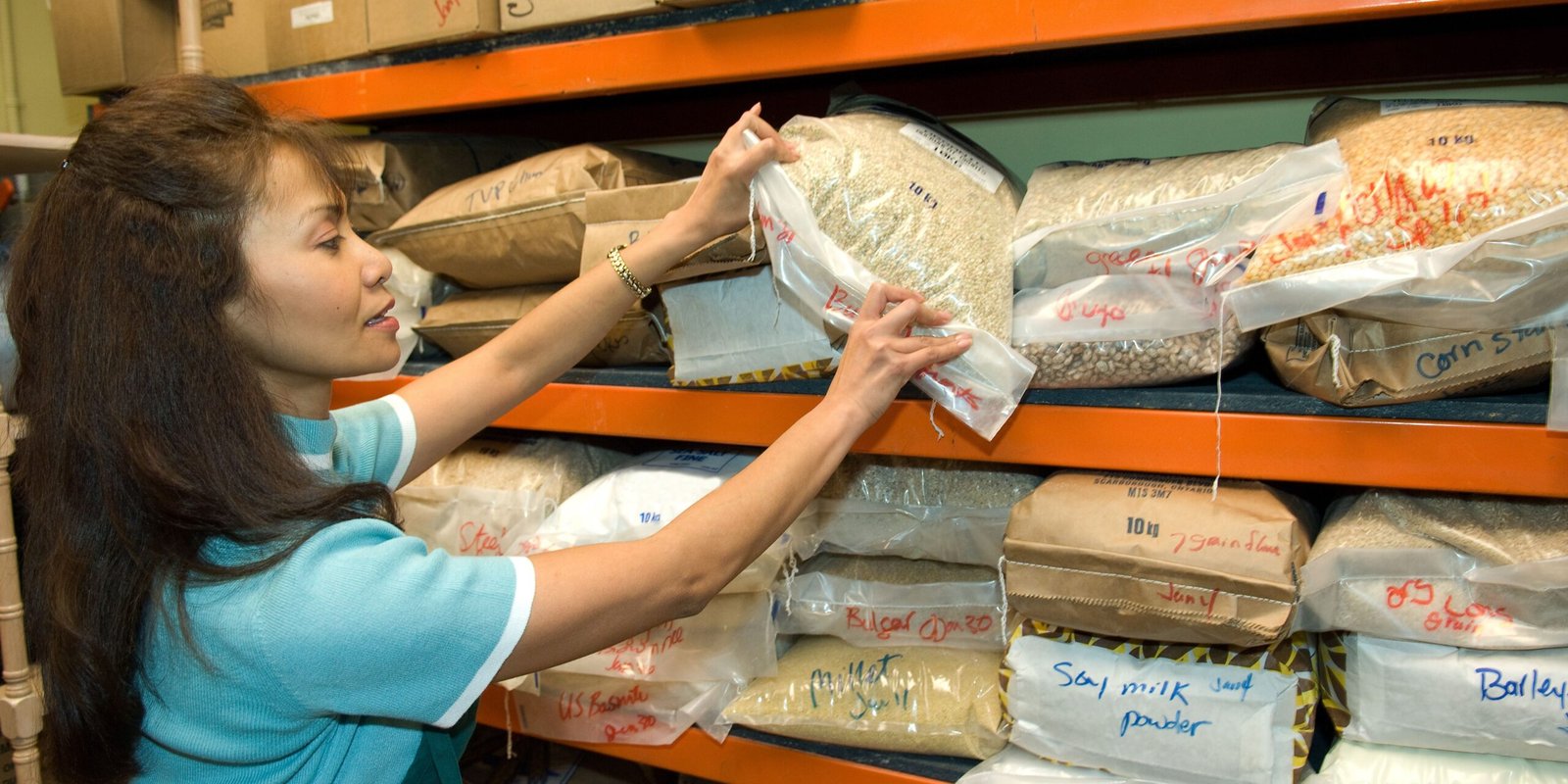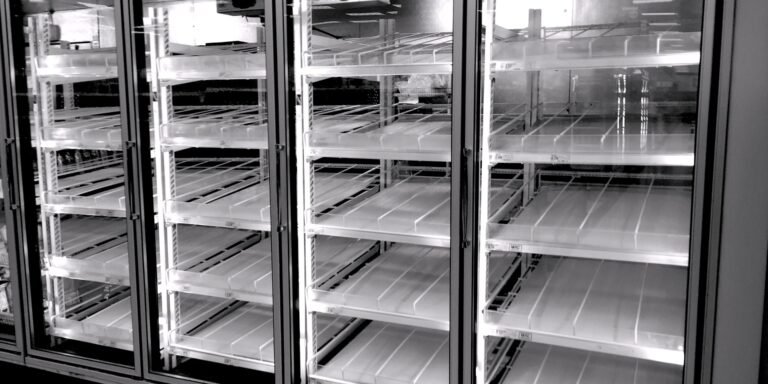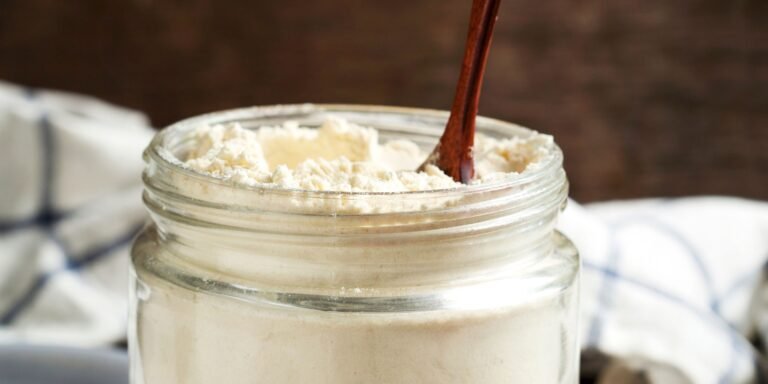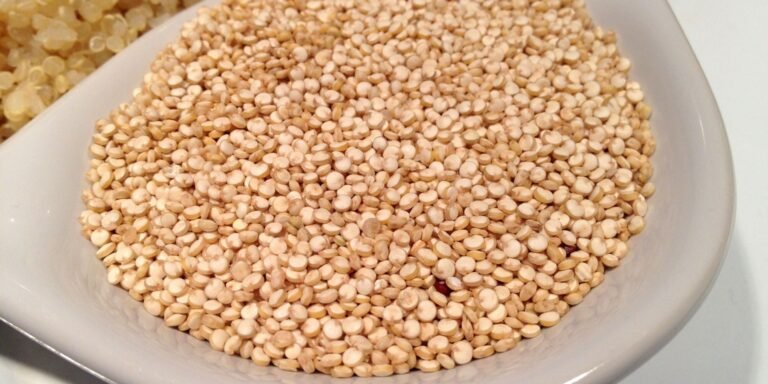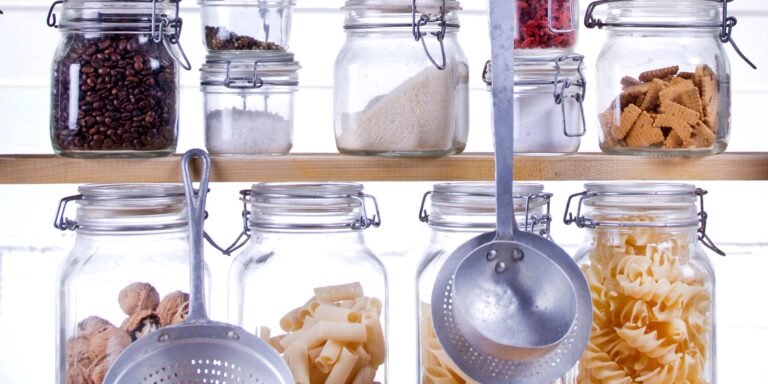Preparing For An Emergency? How Much Food You Need to Stock
This post may contain affiliate links, full disclosure here.
To respond to that question, you must first determine what you are preparing for:
- In the event of a natural disaster, a week or two’s worth of supplies may be sufficient.
- A medical emergency, a job loss, or a pandemic; perhaps three months’ worth of supplies
- Whether there will be civil unrest or economic collapse will be determined on the circumstances.
- You’ll need a lot if there’s a cyber assault or an EMP! According to certain estimates provided to Congress, infrastructure reconstruction might take up to five years.
Choose items that your family appreciates while stocking your pantry. Purchase salty foods sparingly; they will simply enhance your thirst for water.
If you read the article Cooking with Freeze Dried Food, you’ll see how I initially bought items only to have stock and didn’t think about how I’d use it.
Keeping Pre-made Freeze on Hand Dried Food meals may be effective for a brief period of time, but they will get stale with time. These meals are rich in salt, lacking in nutrition, and many of them contain milk, which many people react to.
See also: Top 20 Barter Items to Stockpile
How We Got Started Stocking Up In Our Home
On a monthly basis, I started keeping track of what we ate.
I added the ingredients to my grocery list three times each time I cooked dinner. That would cover the supper for that month as well as two more months.
If I used that one thing, I bought two more, or three if it was on sale.
Then I just kept going, buying a few things at a time, until I had a pantry full of food for meals we enjoy and eat on a regular basis. I’d keep a running list at all times, and as my money allowed, I’d stock up even more.
This ** LDS Food Calculator gives you more details about long-term food storage. It will calculate how much you’ll need for a one-year supply based on the number of individuals in your family or group. Of course, if there is an item on the list that no one will eat or to which someone is allergic, don’t buy it; instead, find an alternative.
** Food Storage Calculator And then there was this: ** 3-Month Food Storage Supply
Keeping food organized has never been easier thanks to the Thrive Life Pantry Organizer. I had three complete shelf units for canned goods before I got the Organizer. All of the food was placed in a single Organizer! I recall how difficult it was to rotate the cans without constantly reorganizing the shelves. The Thrive Organizers are only available for purchase a couple of times a year. You will be alerted of the sale if you subscribe to my newsletter.
After that, I started tracking more than simply eating. From paper towels to laundry soap to shampoo, I kept track of everything. Every time I opened something new, I made a mental note of the date to see how long it took to utilize it. For instance, the next time you put toilet paper on the roller, make a mental note of the date. I just used the tube from the empty roll, wrote the date on it, and placed it in the same drawer as the other TP. I’d keep track of how long it took to utilize the roll once it was empty. I began doing this with a variety of products so that I could estimate how much would be required for long-term storage. Then, when items were on sale, I’d buy more until I had the quantity I needed.
I believe that keeping a running list and noting what is taken out of the cupboard so that it may be refilled on the next grocery run is critical. If you don’t keep up with it, you’ll shortly run out of supplies.
See also: How To Store Quinoa Long-Term
Things to Consider When Stockpiling Emergency Food
- What is the total number of individuals you are feeding?
- How long will the situation be critical?
- In an emergency situation,
- Prepare food for the worst-case scenario (s)
- Calories required per day for each individual based on age, gender, and level of physical activity (see charts below)
- Requirements for carbohydrate, protein, and fat (see chart below)
- Foods having a long shelf life or foods with a shorter shelf life that you cycle into your daily diet should be stored so that you always have a supply on hand.
- Plan 1 gallon of water per person per day is the minimum required.
- What method will you use to prepare the food? Do you require additional water?
- Cooking Method(s) How will you prepare your food in various emergency situations?
- What time of year is it? You don’t want to be cooking outside in a blizzard if you lose electricity in the winter.
See also: Shelf Life Of Wheat Berries
Why Stockpile a Short Term Food Supply
Short-term emergencies or life upheavals require a 72-hour to three-month supply. This form of food supply is more of a safety blanket than a way of life.
During any type of disaster, don’t rely on stores to provide food. If things go wrong, the store may run out of supplies, be looted, or shut down, or there may be civil upheaval on the streets.
Is this a little crazy? Is it too far off the beaten path?
Food storage will most likely be used for minor calamities such as power outages, job loss, or natural disasters. The best-case scenario is that it saves you money and allows you to relax a little more knowing that you have food to rely on.
Why Stockpile a Long Term Food Supply
Food storage for the long term is a way of life. When you start storing more than three months’ worth of food, you’ve already spent your time and money. You start rotating stock and incorporating saved items into your daily diet with this sort of storage.
Natural Catastrophes: Any long-lasting natural or man-made disaster.
Unrest in the Community
The Prepper Lifestyle And Family Emergencies
Loss of Employment
Illness
Lifestyle
Dependence on Oneself
Safety Peace of mind and the internet
A minimalist lifestyle entails working to reduce expenses. Consider Dave Ramsey and the concept of financial freedom.
It is less expensive to buy food in bulk.
Buy a lot of food when it’s on sale.
Purchase perishable food in bulk.
Get Started with Stockpiling Emergency Food: Create a 72 Hour Emergency Kit
Being prepared, according to FEMA, entails having a 72-hour supply of non-perishable food, water, and materials to last three days.
This is a fantastic way to get your feet wet in the world of food storage. You probably have enough food to last 72 hours already, but putting up a kit will get your Prepper juices flowing and put you in the correct mentality.
- Water
- Minimum 3 day supply of non-perishable foods
- Battery-powered or hand-crank radio
- Flashlights or headlamps
- First Aid Kit
- Batteries
- Whistle
- Dust Mask
- Plastic Sheeting and duct tape
- Moist towelettes, garbage bags, and plastic ties
- Wrench or pliers
- Manual can opener
- Maps of your area
- Cell phone with chargers
The purpose of your 72-hour emergency stockpile should be to store high-calorie items that will keep you alive for a limited period of time. A selection of ideas to get your creative juices flowing is provided below. You could live off Dinty-Moore stew alone, but you might start speaking in an Irish brogue.
- Ready to eat canned meats
- Canned Soups
- Ramen Noodles
- Power bars
- Peanut Butter
- Dried Fruit
- Canned Juice
- Food for Infants
- Cheese
- Oatmeal
- Hard Candy
- Backpack meals or Freeze-dried meals
Where To Store Food
If you live in a small space, you must be resourceful. Consider storing items under the bed, adding a higher shelf to closets, or rearranging the linen closet. Maintain Your Stock-Building Focus – You’ll be surprised how buying a little extra each week may quickly add up to a lot. Each week, add a couple of items to your grocery list. Add A Survival Item To Every Order From An Online Vendor (Amazon, Target, Wal-Mart, Etc.). It usually has little impact on the bottom line and allows you to quickly build up your inventory.
Tips To Get Started With Stockpiling
Set a goal and get started
How much information do you wish to keep? Is it a good idea to stock up on supplies for three days? Or three months’ worth? What to stock up on in case of a disaster depends on the type of situation that is most likely to occur where you live and how long you expect to be without access to supplies.
The federal government suggests that you have a basic emergency supplies kit with adequate food and water for each member of your home for at least three days.
A torch, battery-powered or hand-cranked radio and basic first-aid supplies are also on their list.
The American Red Cross offers 3-Day Emergency Preparedness Kits and additional emergency supplies for an all-in-one solution. Amazon also has a plethora of emergency and survival kits.
In a crisis, though, going above the minimal minimum of 72 hours can give you a lot more security. Move the goalposts to one or two weeks if you’ve achieved that goal. Continue doing so until you’ve achieved your final aim.
Prioritize water and store it safely
The Centers for Disease Control and Prevention (CDC) suggests stockpiling 1 gallon of water per person each day, with a two-week supply if possible. If you have pets, remember to keep extra water on hand.
According to the CDC, “unopened commercially packaged water is the safest and most reliable emergency water supply.”
Alternatively, you can use your own containers to store tap water.
One of the finest tools for figuring out what to store up on in case of an emergency is the Centers for Disease Control and Prevention (CDC). It suggests that you:
- Check expiration dates on store-bought water and replace as needed.
- Every six months, replace the water you’ve saved.
- Keep an unscented bottle of liquid chlorine bleach in your emergency supplies for cleaning and sanitising as well as water disinfection.
- Bleach should not be mixed with color-safe or cleaning chemicals. Look for a label stating that the product is safe to use in water disinfection.
Buy in bulk
Buy everything you can in quantity to stockpile cheaply – especially if you have a large household or want a substantial, long-lasting stockpile. Check out “10 Foods That Can Keep for Years” if you’re not sure what to put on your bulk shopping list.
If you don’t have access to a warehouse club, see what things your local Walmart sells in economy proportions — such as a 4-pound jar of peanut butter for around $4 — or browse the many foods available in bulk amounts on Amazon.
Food To Stock Up On
It might be tedious to eat from a stockpile. Real Simple’s emergency food supply list includes items that are not only easy to prepare and nutrient-dense, but also enjoyable. The following products are included in the package:
Peanut butter
Whole wheat crackers (consider vacuum packing to prolong freshness)
Nuts and trail mix
Cereal (individually packaged to prolong freshness)
Power bars and granola bars
Dried fruits
Canned meat such as tuna, salmon, chicken and turkey
Canned vegetables such as beans, carrots and peas
Canned soups and chili
Sports drinks (avoid ones laden with sugar and artificial color)
Sugar, salt and pepper
Powdered milk
Don’t Forget Seeds
Sprouting seeds of vegetables, nuts, and grains are a fantastic addition to your pantry.
How to produce vegetable sprouts in a Mason jar, according to The Micro Gardener. Vegetarian Times provides a list of grains and nuts that make wonderful sprouts, as well as instructions on how to make and consume sprouts safely while avoiding bacteria.

